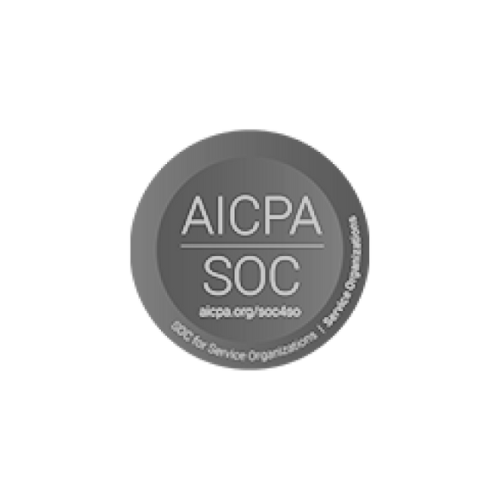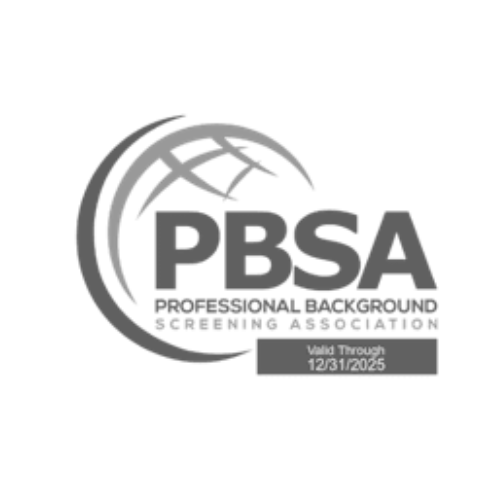Why This Topic Demands Attention Now
If you’re overseeing talent acquisition or compliance in healthcare, BFSI, aviation, or logistics, you’ve likely been burned by slow credential verifications, expired licenses, or worse—fraudulent claims that somehow slipped through. It’s not just about degrees anymore.
We’re in an era where candidates bring a patchwork of qualifications: micro-credentials, international certifications, skill badges from short-term programs, and dynamic licensing renewals. Verifying all of it has become more critical—and more complex.
Blockchain might not be the first thing that comes to mind when you’re reviewing resumes. But it should be. Because it’s quietly reshaping how employers can verify professional skills, simplify audits, reduce fraud, and move faster—without compromising risk protocols.
Let’s unpack exactly how.
The Real Problem: Verification Is Creaking Under Pressure
Most credential verification processes are still:
- Manual: Long email threads with universities, associations, and training bodies.
- Siloed: Each credential type lives in its own ecosystem, with no interoperability.
- Prone to fraud: Easily manipulated PDF certificates, forged IDs, and non-existent institutions.
- Audit-sensitive: Especially in healthcare and BFSI, poor documentation equals compliance risk.
And it’s not just about hiring. The ongoing tracking of certifications—think license renewals, CPD credits, or mandatory recertifications—can quickly snowball into an administrative burden that HR teams aren’t equipped to manage.
What Blockchain Actually Brings to the Table (Without the Hype)
Forget the crypto buzzwords. In the HR world, blockchain solves real problems:
- Immutability: Once a credential is issued on blockchain, it can’t be altered or faked.
- Real-time verification: Instantly check credentials via a secure, encrypted ledger.
- Universal access: Works across borders and organizations without needing direct institutional contacts.
- Audit trails: Provides a digital breadcrumb trail for every issued or revoked credential.
For HR teams, this means less time chasing confirmations, fewer errors in documentation, and a stronger compliance posture.
Use Cases You Should Already Be Planning For
1. Healthcare: License & Recertification Tracking
Nursing licenses, medical council registrations, and pharma certifications often have specific validity periods and renewal cycles. Blockchain can permanently store and timestamp these documents, making it easy to flag lapsed credentials before the auditor does.
2. Aviation: Training Compliance
Pilot training, simulator hours, ground crew certification—all of it can be blockchain-verified and accessible in seconds. Airlines are already piloting these systems to ensure airworthiness compliance.
3. BFSI: AML & Compliance Certification
AML certifications, data privacy training, or SEBI-authorized licenses can be issued on blockchain. If a candidate claims a certain credential, it either exists or it doesn’t. There’s no gray zone.
4. Tech & Logistics: Skill Badge Consolidation
Employees in tech and logistics are increasingly trained via non-traditional channels: Microsoft Learn, Google Cloud, internal LMS modules. Blockchain offers a way to consolidate all these into a single, verifiable source of truth.
How HR Teams Can Start Integrating Blockchain-Based Verification
Here are four priority moves to start shifting your credential verification strategy:
1. Audit Your Current Verification Scope
Make a list of all credential types you verify today: degrees, licenses, training modules, certifications, CPD credits, etc. Now flag which ones cause delays or fraud issues. That’s where blockchain can help first.
2. Start Requesting Verifiable Credentials from Candidates
Many global platforms (Credly, Accredible, TrueRec) are issuing credentials on blockchain already. Ask candidates to share their digital badges via these systems—especially for roles where compliance is critical.
3. Choose Screening Vendors Who Can Verify Blockchain Credentials
If your background check partner can’t handle blockchain verifications, you’re missing a growing chunk of the credential landscape. Partner with vendors (like AMS Inform) who can validate these sources with speed and accuracy.
4. Educate Internal Stakeholders
Compliance, legal, IT, and business heads need to understand what blockchain credentials are and how to access them. Run an internal session to demystify the tech and align your risk management strategy.
What Blockchain Changes for Compliance and Risk
Before Blockchain:
- 2-week delays for license verification
- Endless back-and-forth with issuing authorities
- Uncertainty during audits
With Blockchain:
- Credentials verified in seconds
- Clean audit trails with timestamps
- Reduced fraud exposure
In regulated sectors, this isn’t just about efficiency. It’s a way to strengthen your defensibility in the face of external audits, reduce legal exposure, and stay ahead of growing verification complexity.
This Is Not a Future Trend — It’s Happening Now
From IBM to PwC to global hospital networks, organizations are already validating credentials on blockchain. The benefits are measurable: faster hiring cycles, reduced admin time, stronger audit trails, and lower fraud rates.
This isn’t about replacing your entire HR tech stack. It’s about enhancing it.
For senior HR and compliance leaders, the next step is simple: start recognizing blockchain-based credentials in your verification matrix and ensure your processes can support them. If not, you’re verifying yesterday’s skills in tomorrow’s workforce.
















